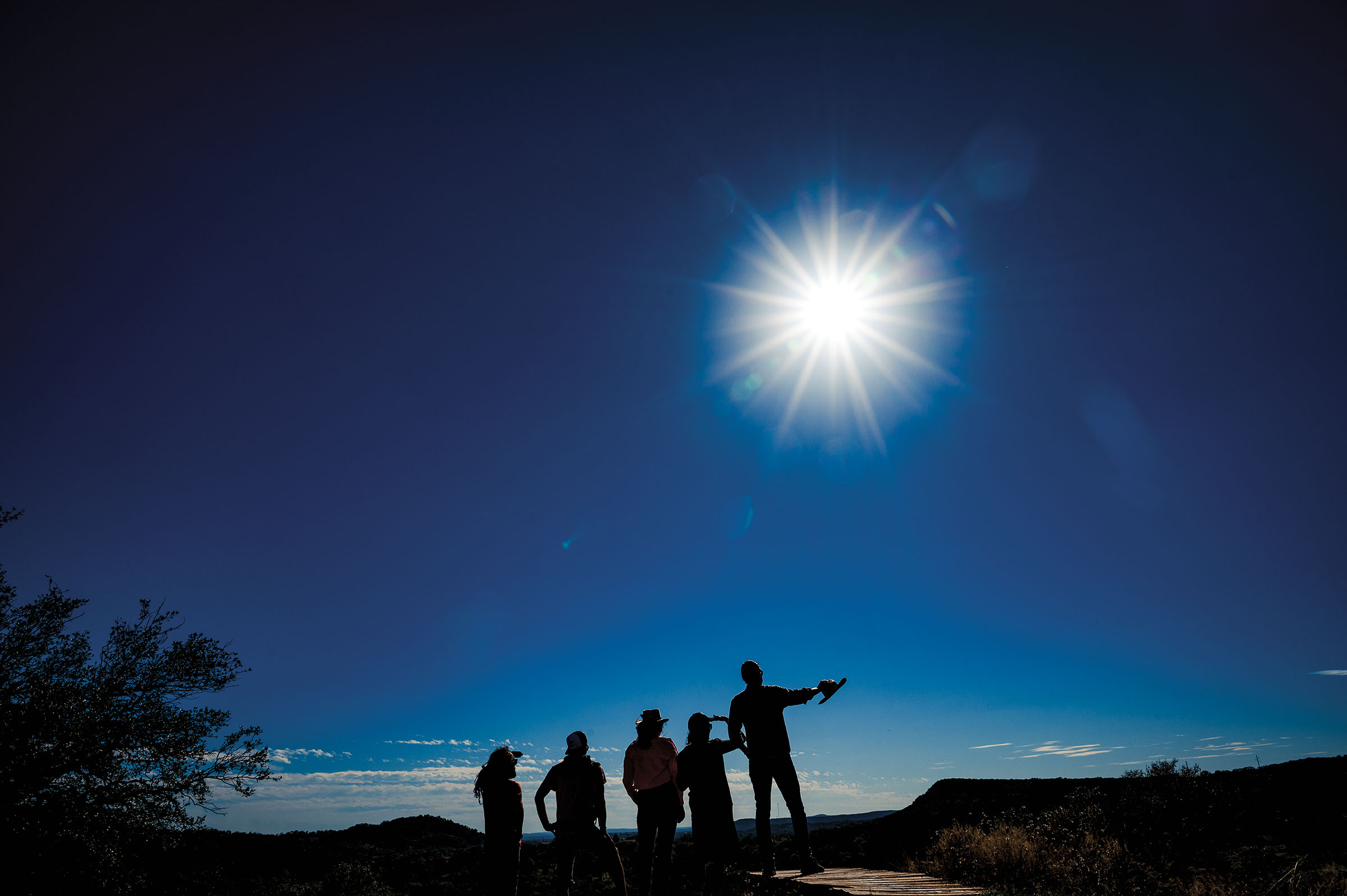
The ATV kicks up red dust on a bumpy ride to Decision Point, a rocky ridge on a cattle ranch about an hour northwest of Austin. Mitch Morales steps out of the four-wheeler, walks past some prickly pear, and looks toward Lake Buchanan in the distance. From this perch, you can see panoramic views of the Hill Country. And on April 8 at around 1:30 p.m., another jaw-dropping vista will emerge: a total solar eclipse. The celestial spectacle will cut right through here as the moon’s shadow travels across the Earth’s surface from Mexico to eastern Canada. “I think this is where I’ll be when it happens,” Morales says, his eyes marveling at the expanse.
Texas Eclipse
Reveille Peak Ranch, Burnet.
April 5-9;
seetexas
eclipse.com
He hopes to have plenty of company—as many as 50,000 people can spread across Reveille Peak Ranch, an outdoor adventure playground laced with hiking and mountain biking trails. The 1,400-acre property near Burnet is the site of Texas Eclipse, a festival organized by Morales, an Austin entrepreneur and event producer. Campgrounds tailored to all types of festivalgoers—families, sober travelers, late-night partiers—will pepper the ranch. The evolving lineup features everything from DJs and bands to yoga sessions, art installations, technology talks, and a space travel expo. But the main act hits the stage in the sky that Monday afternoon.
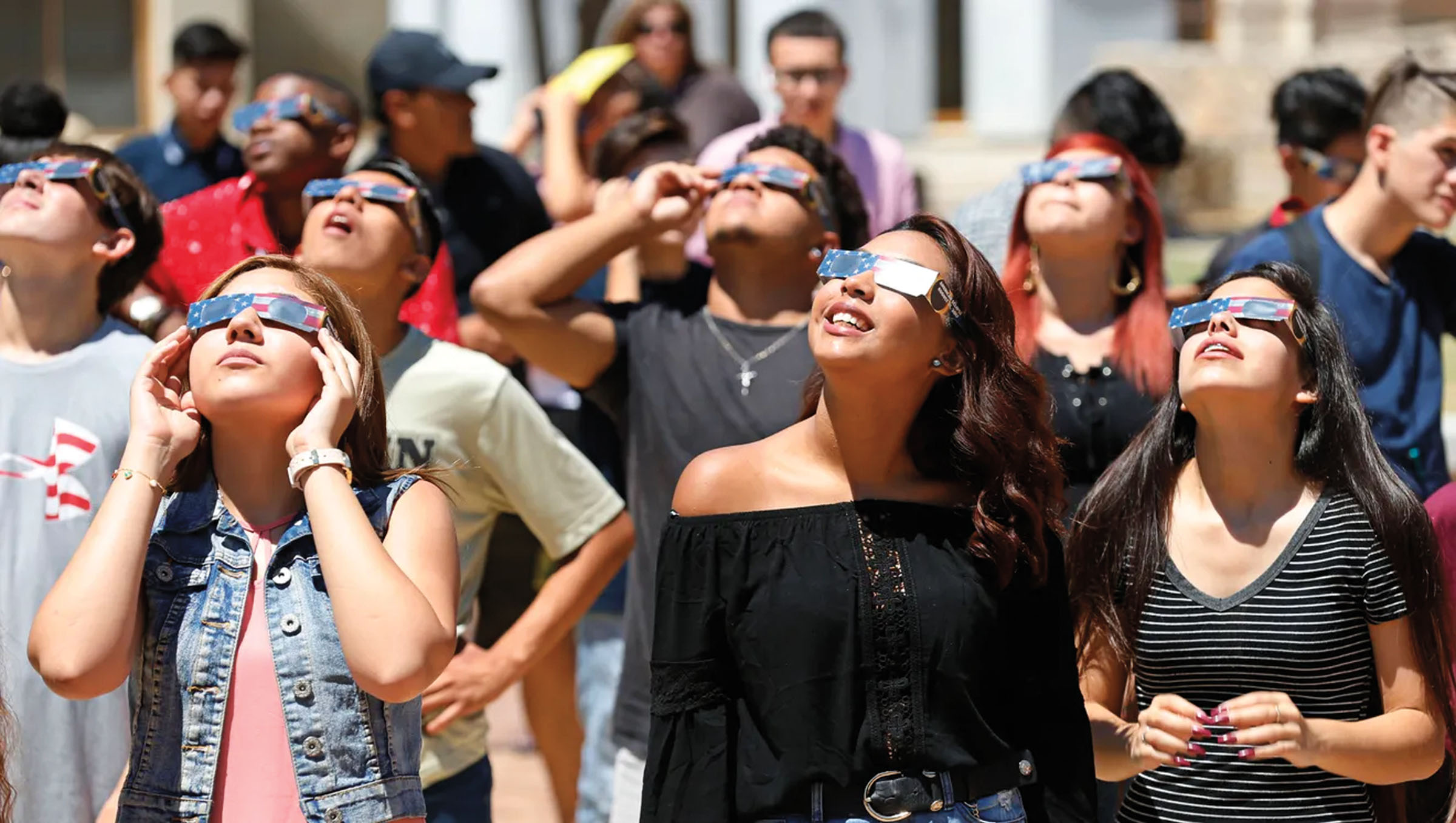
“Imagine looking out and the shadow is being cast over thousands of people, all celebrating,” Morales says. “It should be pretty magical.”
Magical. Unforgettable. Life-changing. These words come up a lot in eclipse-chaser circles. A total solar eclipse happens when the moon passes directly between the sun and Earth, completely blocking the bright visage of the 4.5-billion-year-old ball of gas at the center of our solar system. Think of it as a supersize version of last October’s annular eclipse, when the moon’s orbit placed it too far away to entirely cover the sun, resulting in a “ring of fire” around the edges.
During a total solar eclipse, the sun looks like a black hole in a dim sky. That hole is surrounded by a wispy, luminous wreath: the elusive corona, something we normally can’t see because the sun is too bright. The horizon takes on the colors of sunset. But it looks like that in every direction, not just the west. Some twinkling stars might come into view. Same for planets. Jupiter. Venus. Maybe even Mars, Saturn, and Mercury, depending on how dark it gets and whether the clouds cooperate by staying away.
Points of View
You’ll need specialized eye protection to safely look directly at the eclipsed sun. Libraries often provide free eclipse glasses. They also can be purchased online. Purchase from a trusted retailer: You want glasses labeled ISO 12312-2 to ensure they meet safety guidelines.
A solar filter should be used when looking at the sun through a camera lens, binoculars, or telescope. The American Astronomical Society’s website links to vendors whose eclipse-viewing products comply with international safety standards. eclipse.aas.org
“It’s not just a visual experience; all sorts of things happen,” says astrophysicist Angela Speck, chair of the physics and astronomy department at the University of Texas at San Antonio. The temperature drops. Winds pick up. When the sun is about 75% eclipsed, birds fly around and make noise. They think it’s almost bedtime. Other animals react, too, says Speck, who also chairs the American Astronomical Society’s Solar Eclipse Task Force. “Cows start to go back to the barn. Dogs go a bit crazy. Then as soon as it gets dark, it goes quiet, at least from the birds’ point of view. If there are people around, they’ll be screaming. They always do.”
The last total solar eclipse rolled through the southern tip of Texas in 1900. After April, the next one to visit Texas will be in 2045, hitting just a tiny, northern part of the state. The phenomenon happens every 375 years, on average, in the same spot. That means eclipse chasers like Michael Zeiler rack up quite a few frequent flyer miles in pursuit of their passion. “A lot of things don’t live up to the hype. Total solar eclipses do,” says Zeiler, creator of the website greatamericaneclipse.com, a resource for everything from eclipse maps to merch.
The retired geographer from New Mexico will watch his 12th total solar eclipse in Fredericksburg, where he reserved an Airbnb more than a year ago. The Hill Country town is prime real estate near the centerline of the “path of totality.” Measuring up to 124 miles wide, the path traces the moon’s dark shadow as the eclipse marches across North America, passing through more than a dozen states along the way.
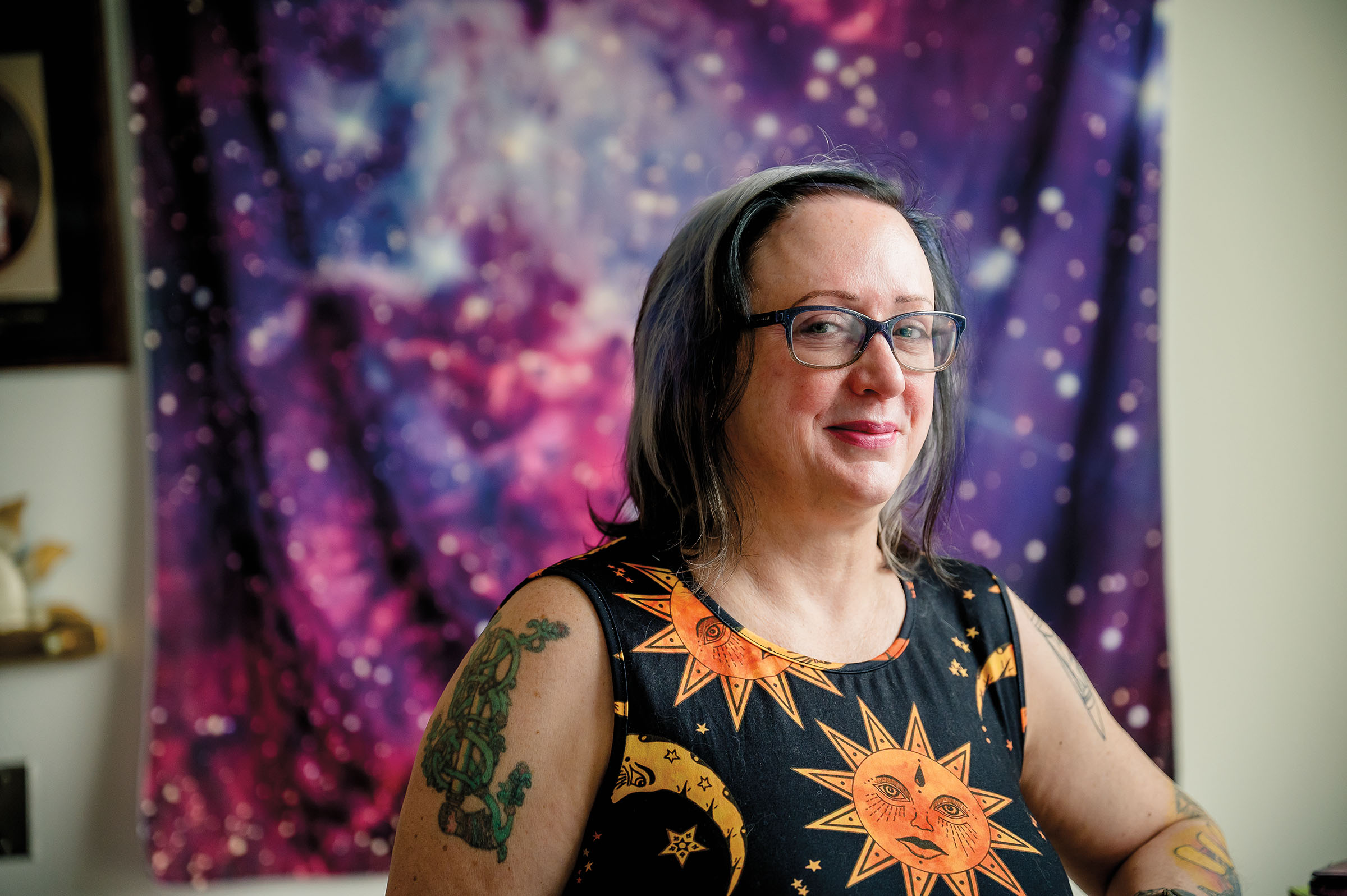
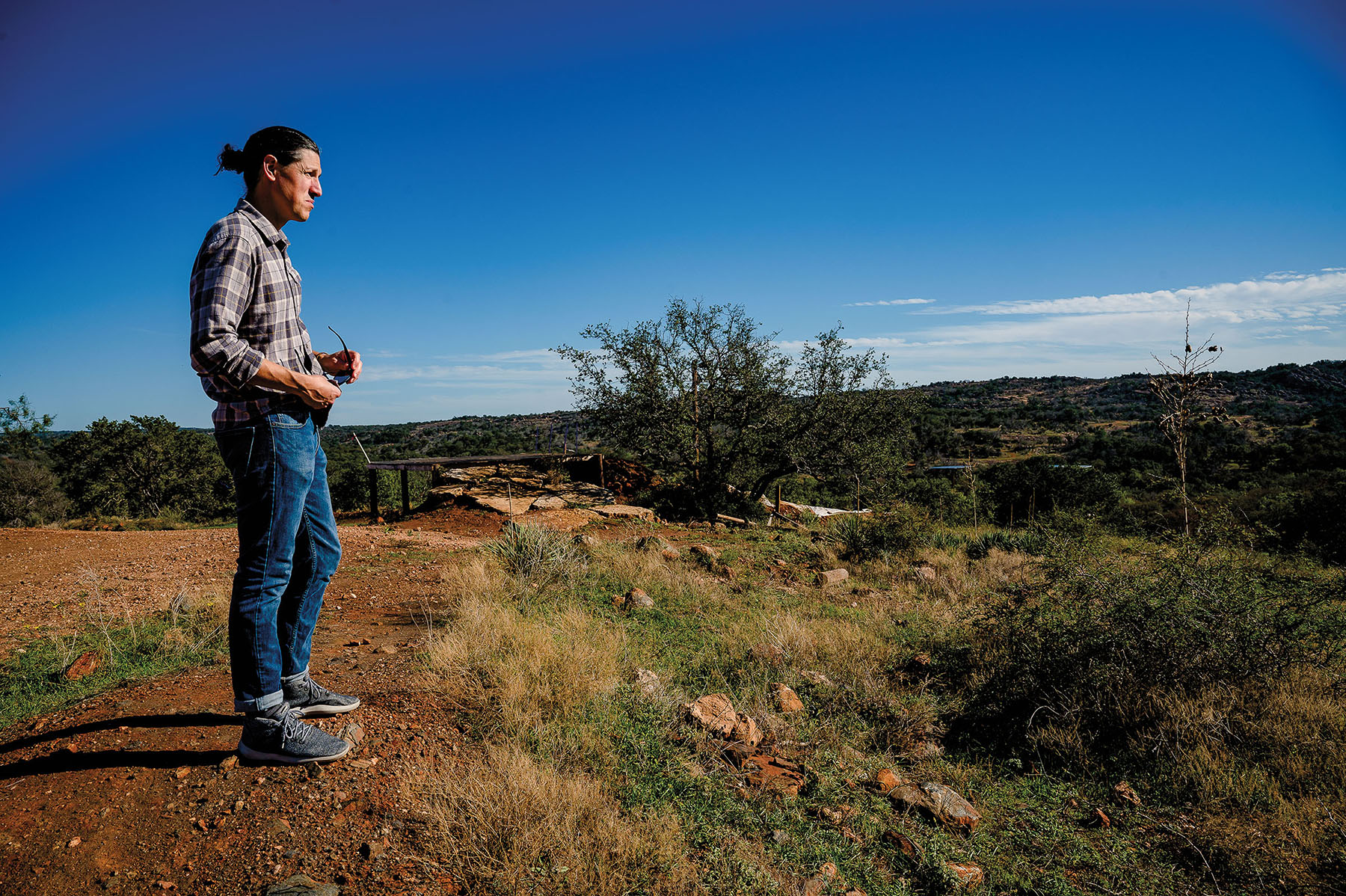
On April 8, most of the country will see a partial eclipse. The full experience can only be had within the path of totality. That’s when it’s safe to take off your eclipse-viewing glasses and gaze at the black circle masking the sun.
“The difference literally is night and day,” Zeiler says. “If you’re outside the path, even a little bit, it will be daytime. Dim daytime. You won’t see the glory of the sun’s diaphanous corona, easily the most beautiful sight you’ll see in the sky. You want to be inside the path.”
Twelve million people live in Texas’ path of totality, a diagonal line stretching northeast from Eagle Pass through Dallas-Fort Worth to Oklahoma and Arkansas. Zeiler estimates upward of 700,000 people will flock to the totality zone in Texas. A lot of factors—weather, highway infrastructure, how long it will be dark—put the Lone Star State at the top of the list for U.S. eclipse viewings.
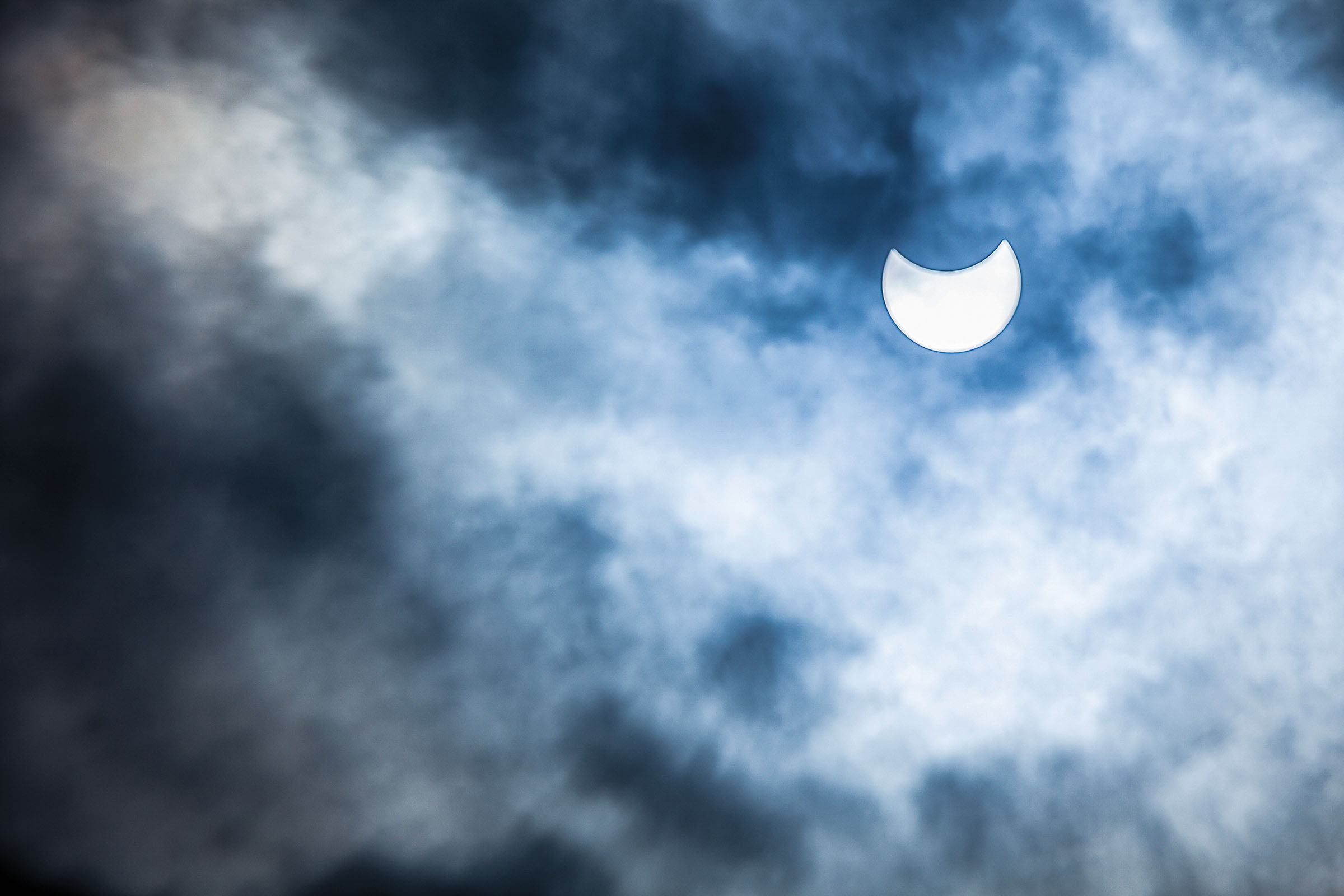
Weather experts say the sprawling Edwards Plateau is a good bet for clear skies. The area between Junction and Brady west of Austin is forecasted as the best cloud-free climate for viewing, not just in Texas but in all the U.S. and Canada, according to eclipsophile.com, a website run by a retired Canadian meteorologist. Another hot spot is Eagle Pass, where the 57 South Music Festival will usher in the eclipse. The border town canceled school that Monday and will hand out free eclipse-viewing glasses. The community is predicted to bask in nearly 4 minutes and 24 seconds of totality.
Further north, Waco should get 4 minutes and 13 seconds of totality. The city intends to make the most of its moment in and out of the sun. A weekend of concerts and other events culminates that Monday with the Eclipse Over Texas: Live From Waco festival outside Baylor University’s McLane Stadium. Tickets available at eclipseovertexas2024.com are capped at 20,000 people.
“It’s going to be the biggest event of the year,” says Carla Pendergraft, assistant director of tourism for Waco. She expects all 5,000 hotel rooms in the area, many requiring three- and four-night stays, to sell out. The regional airport should be busy, too. “For a Baylor football game, you would have about 80 to 100 planes fly in,” she says. “For this one, our airport is predicting about 500 planes based on the number of inquiries.”
In Burnet, Morales envisions his festival as a mix of Burning Man, Austin City Limits Music Festival, and a world’s fair. He’s already sold tickets to residents from all 50 states and more than 30 countries. “With COVID and everybody being so disconnected these days, it feels like people are craving something like this,” he says. “Something that brings people together.”








